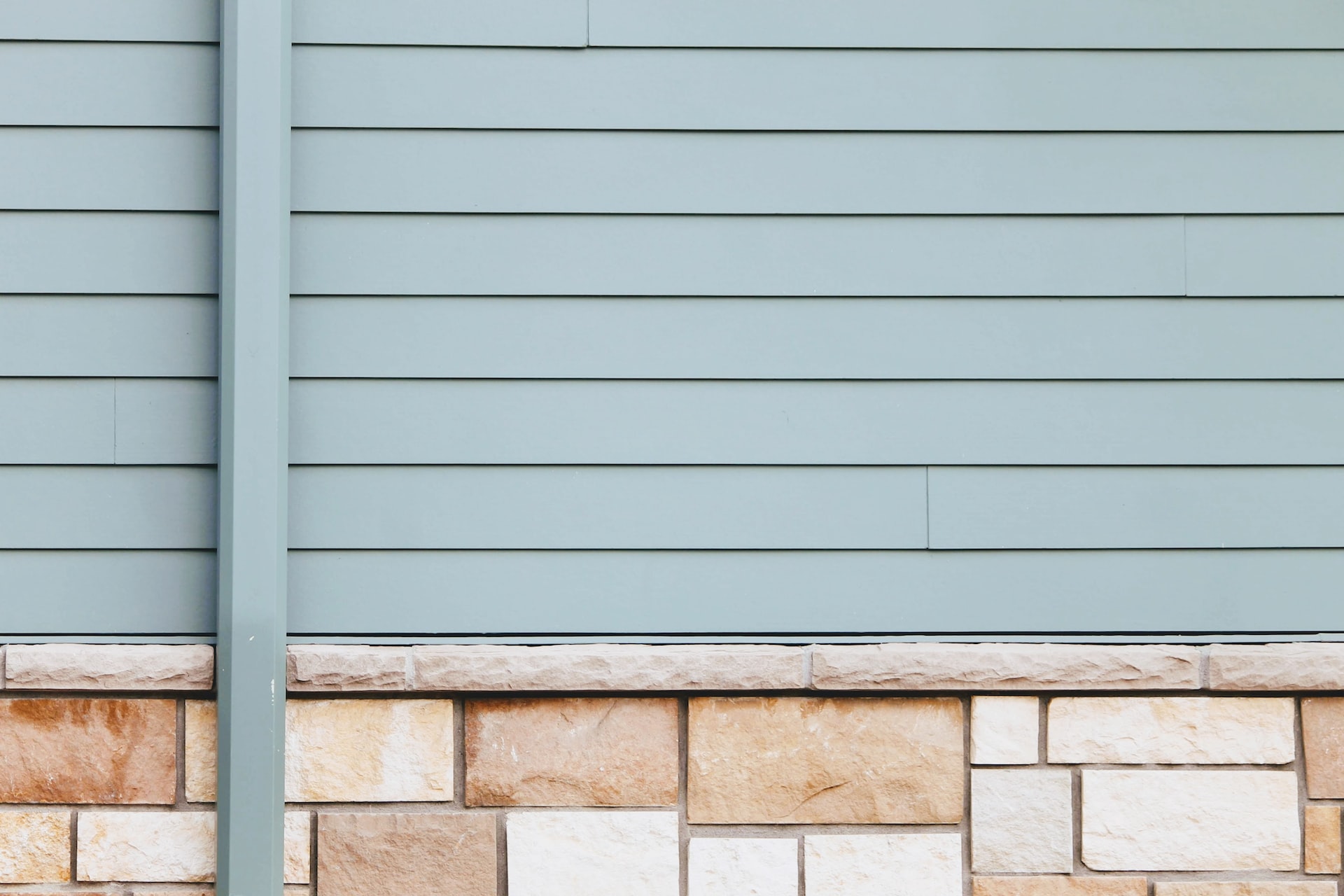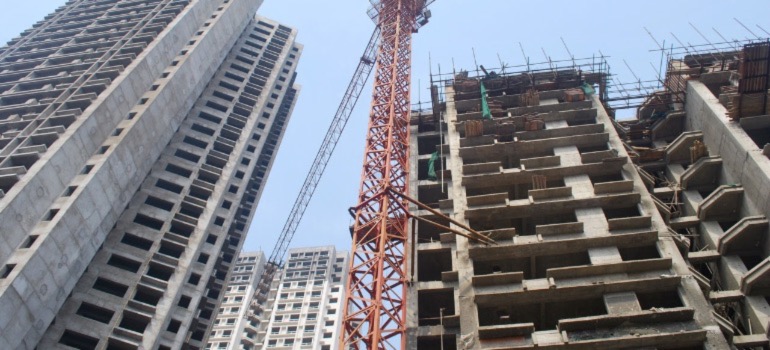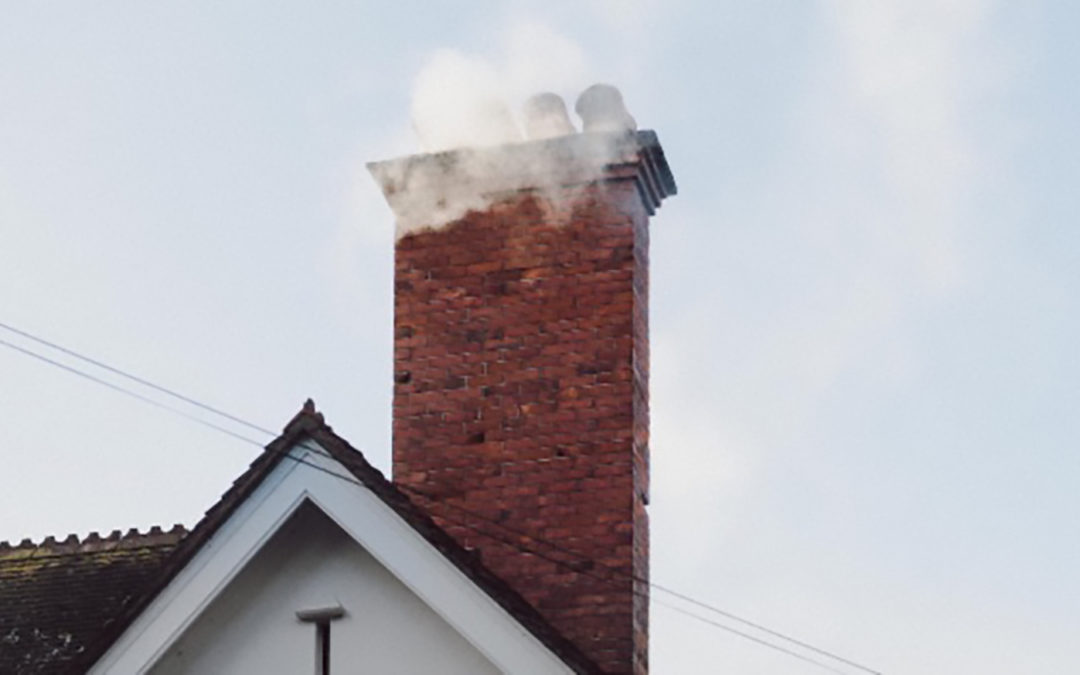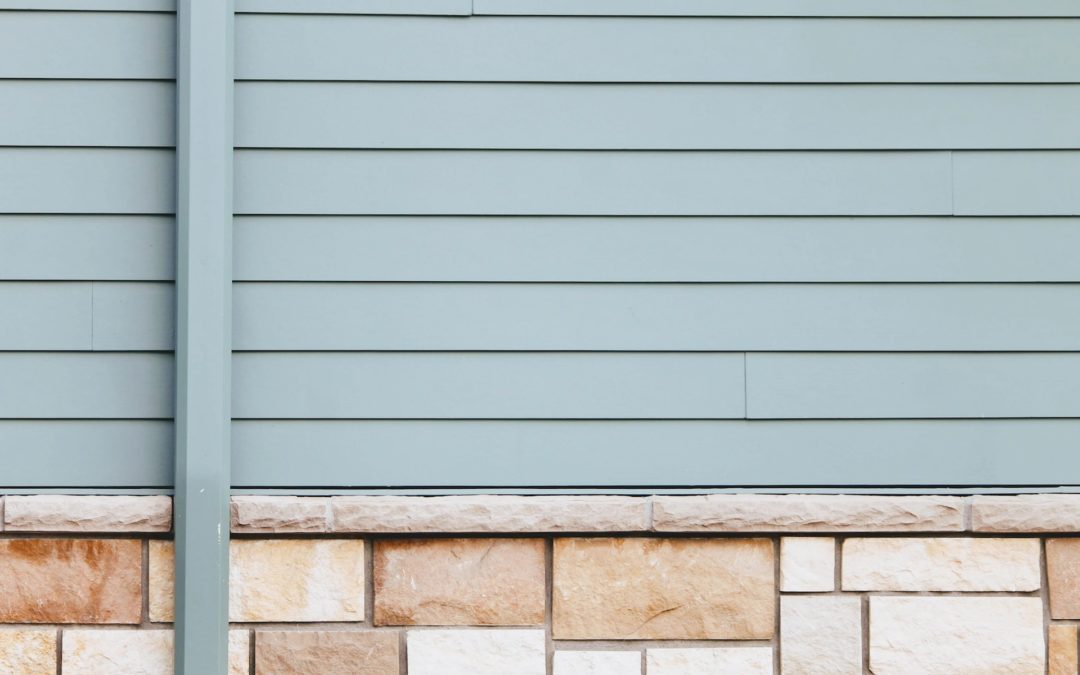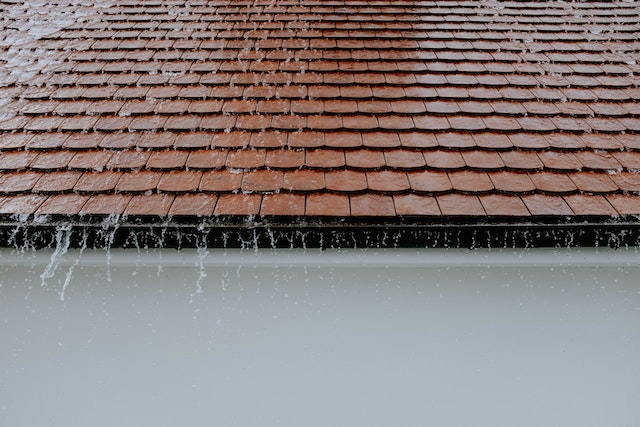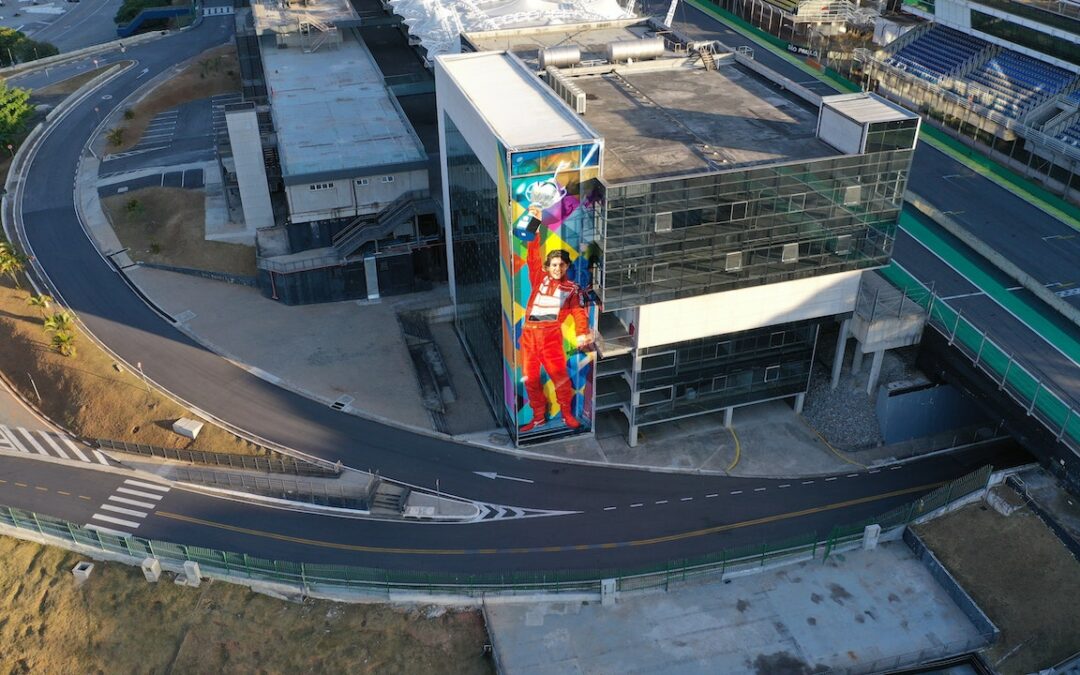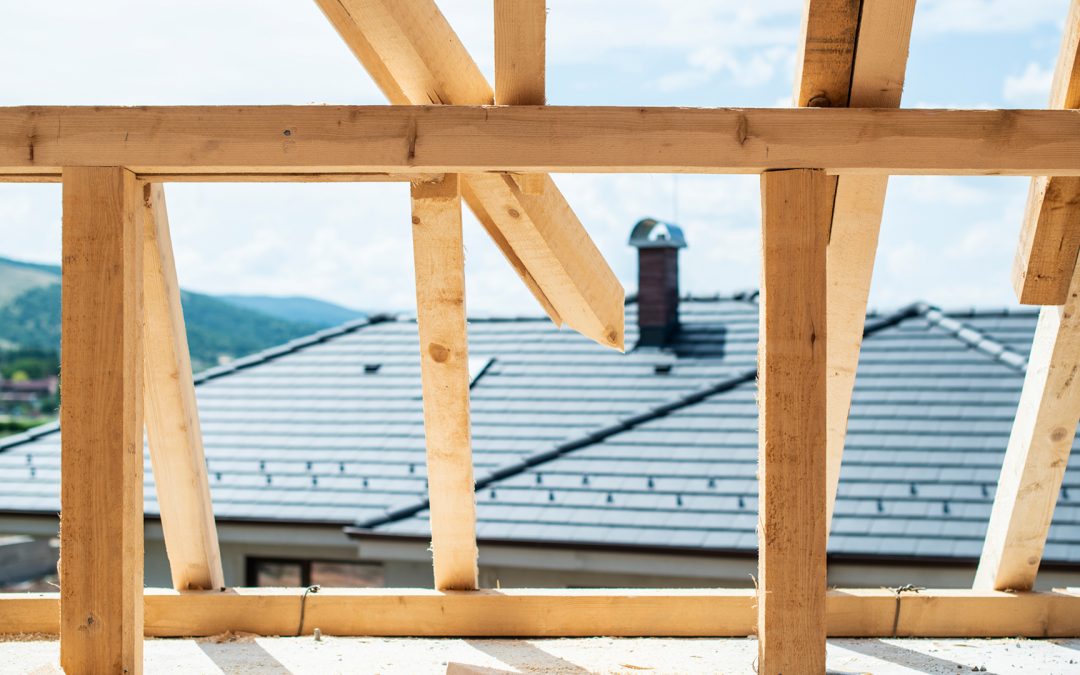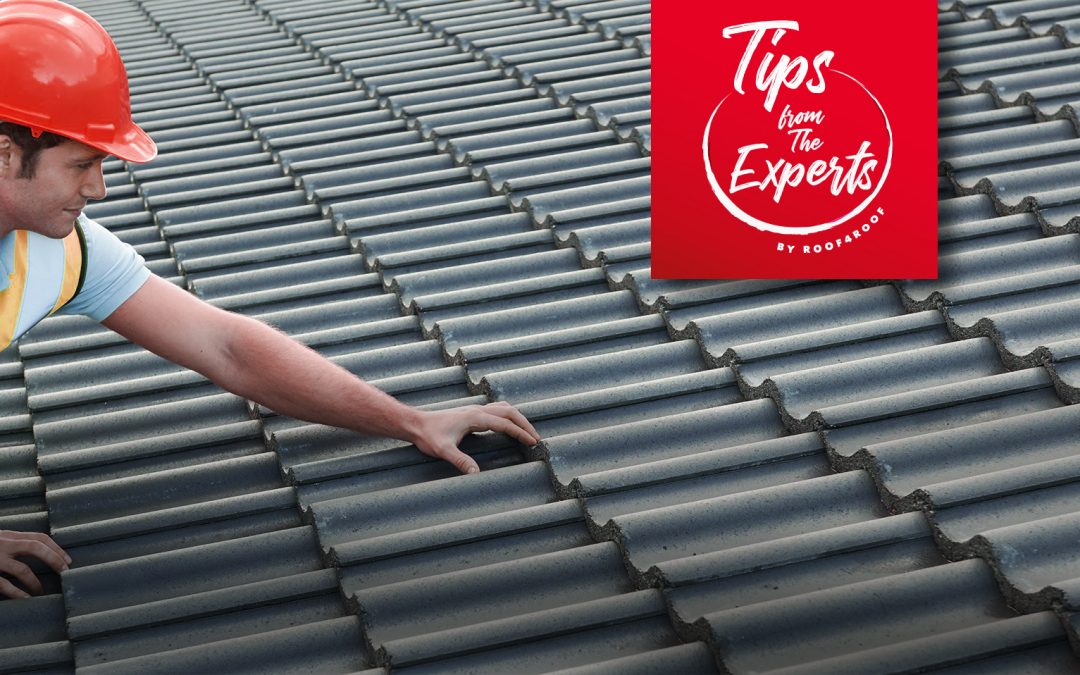Protecting your home from the weather begins with its siding. However, locating a low-cost, aesthetically pleasing, and durable option may be challenging. Knowing the pros and cons of various siding options for your home will help you choose the best one for your needs and budget. Choosing between all of the available siding options could be challenging. But remain with us, and we’ll review each side option’s pros and cons. We hope that by the end of this, you will have a better idea of what commercial building siding options would look best in your home.
Vinyl Siding
Affordability and low maintenance costs have made vinyl siding popular for commercial buildings. Vinyl siding is an attractive and low-maintenance alternative to wood siding since it doesn’t need to be painted as often and can weather the elements, including salty sea air.
One major problem is that it doesn’t look as attractive up close as genuine wood, even if it’s intended to look like lap wood or clapboard siding. Vinyl bends easily to fit outdoor walls. However, heavy gusts make it more likely to rattle. Because it is made to fit your home and has a rigid foam backing, insulated vinyl siding flattens out when it is put up.
Pros:
- Affordable
- It is simple to set up.
- Low-maintenance
- Long-lasting
- You can choose colors and designs at your discretion.
Cons:
- Vinyl siding can bloat, crack, and even split when exposed to sunlight.
- In the event of strong winds, vinyl siding could jiggle or even lift.
- Hail or other flying objects can puncture vinyl.
Wood
One of the commercial building siding options is wood. Siding made of wood clapboard or shingles has a rustic elegance that can make your home feel more welcoming and classy, especially if it’s a new house you’re moving to. Hiring commercial movers is usually necessary when relocating. It often is a complicated process, but experts can make this easier. Wood comes in various species, grades, and quality levels. The species and grade you choose and the finish you decide to apply will impact how the wood looks and feels. Keeping wood in good condition adds to the annual cost, but refinishing it every year can last for decades with proper care. Select only sustainably harvested types of wood.
Pros:
- It’s less difficult to cut and shape, and even unskilled workers can put it up.
- It can be broken down into harmless substances when disposed of.
- The price of setup is manageable.
Cons:
- A potential drawback is the high potential expense of using superior timber.
- The cost of ownership increases with every service you pay for.
- Installing it over preexisting siding is not possible and will require its removal.
Fiber-Cement Siding
Replace wood siding with fiber cement siding. With the appropriate paint, it can look like wood siding. Another option is a sheet pattern. It usually looks like plywood or board siding laid vertically. Fiber cement siding is durable and only needs to be painted.
Fiber cement siding is highly resistant to temperature changes since it does not expand and contract like wood. It is also incredibly sturdy because of its resistance to corrosion and insects. Its fragility makes it prone to damage during installation, such as chipping or breaking, so hiring a siding installation service is advised.
Pros:
- Durable and enduring
- You may choose from a plethora of colors.
- Protected from the elements, humidity, and bugs.
- Superior resilience to the effects of ocean air
- Able to withstand the winds of a hurricane.
- Not combustible
Cons:
- The initial setup costs a lot of money.
- Fragile and prone to breakage during setup
- It frequently requires painting.
Synthetic Stone
This cement, gravel, and sand mixture has been fashioned to seem (very successfully) like natural stone. In various styles and shapes, you may select from reproduced stone types, including piled and ledge stone. Accent siding is frequently used around chimneys and entrances.
Pros:
- Much less expensive
- Lighter than genuine stone
- Environmentally friendly fire and insect resistance manufacturing
- The setup is simple.
- It takes less time to install.
Cons:
- Outside of natural stone, it is one of the most expensive siding alternatives.
- Even though the look of fake stone has improved, it can look less “natural.”
Veneer Siding
Another one of the commercial building siding options is veneer. Veneer siding may give a home the look of natural wood without the astronomical price tag. Construction materials like brick and stone are common. They each come with their own set of benefits and drawbacks.
Pros:
- Veneer siding is less expensive than other types because it looks like more expensive materials but doesn’t cost as much.
- Veneer siding never needs to be stained or painted.
- It’s exceptionally long-lasting while needing almost no upkeep.
- While you can expect brick veneer to last up to 50 years, stone veneer typically offers protection for the home for up to 30 years.
Cons:
- Vulnerable to the damaging effects of excess humidity.
- Earthquakes and even the vibrations from heavy traffic can cause the stonework to crack.
- Damage might occur if moisture penetrates beneath the veneer.
Manufactured Stone Veneer
Expert craftsmanship goes into making manufactured stone veneer look and feels just like the real thing, down to the subtlest details. Before being precisely molded and cast, each of our manufactured stones is hand-selected from various areas worldwide. Colors like gray, brown, white, and beige, as well as numerous variations on these, are mixed from scratch using raw pigments to produce deep, lifelike textures that are virtually indistinguishable from the real thing. Ledgestone, fieldstone, and river rock are three stone types that complement a wide variety of decors.
Pros:
- It looks and feels like natural stone.
- Improves the home’s aesthetics and market value.
- Costs considerably less and is easier to install than natural stone.
Cons:
- It takes a lot of time and effort to set up.
- Sometimes it can end up not looking natural.
Which Siding Material Is Ideal for Your Home?
Which pros and cons of commercial building siding options stand out from the rest? There is no valid response. It really depends on your budget, personal taste in style, and how long-lasting you need something to be. If you’ve finally settled on siding, the next step is to hire a professional siding installation service to enjoy your new siding and investment for as long as possible.

